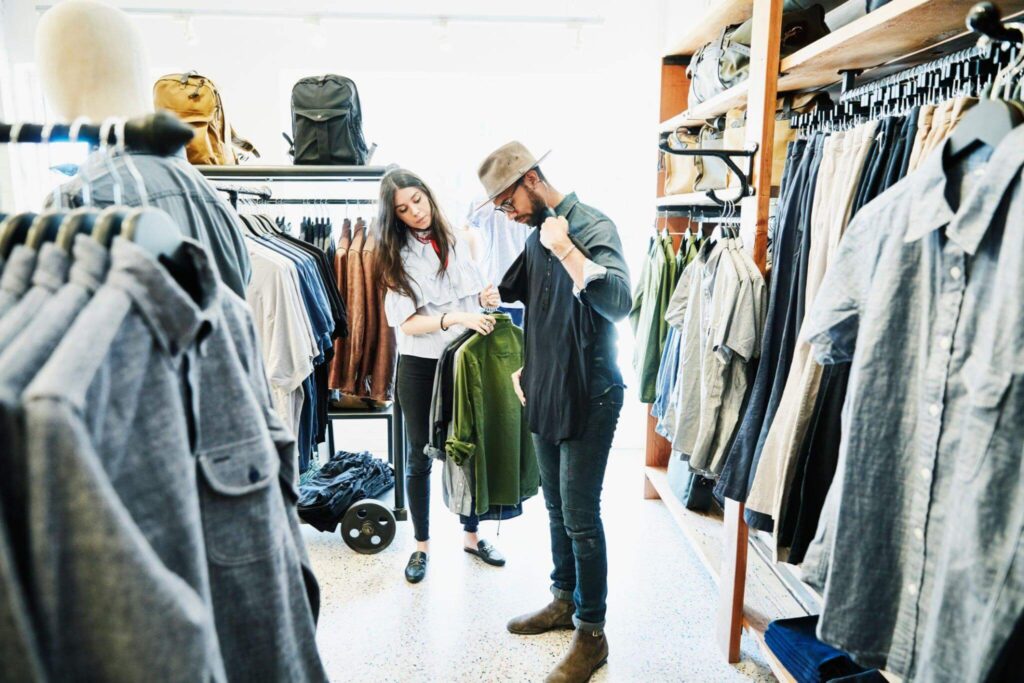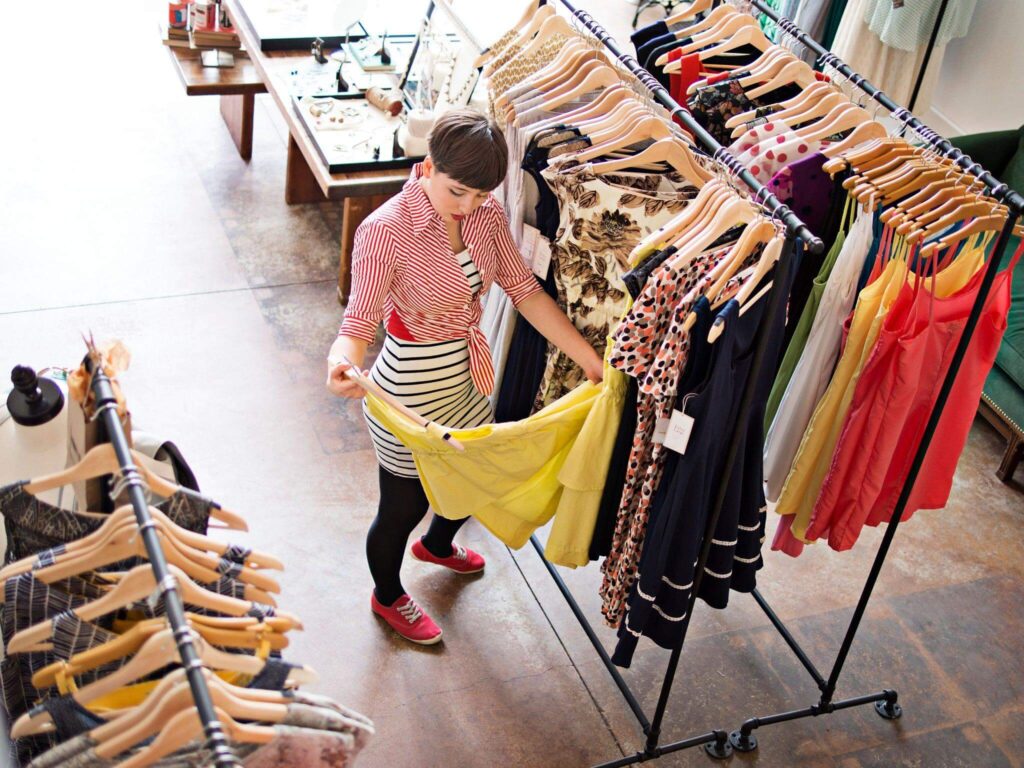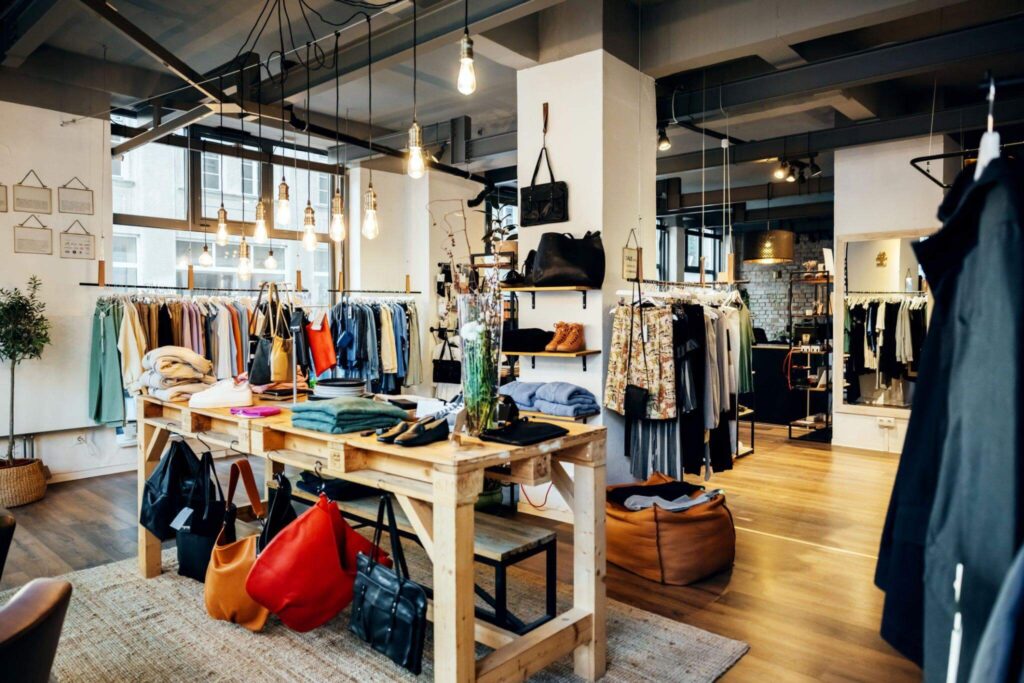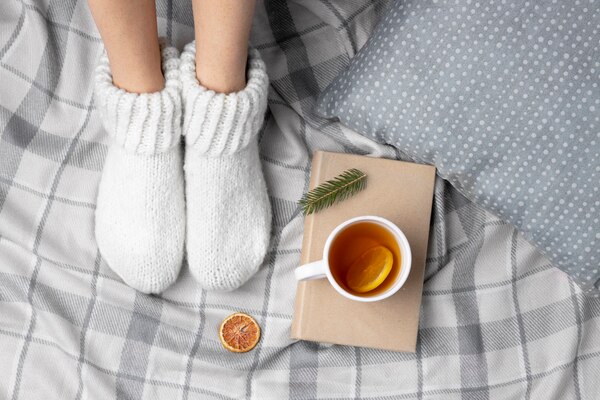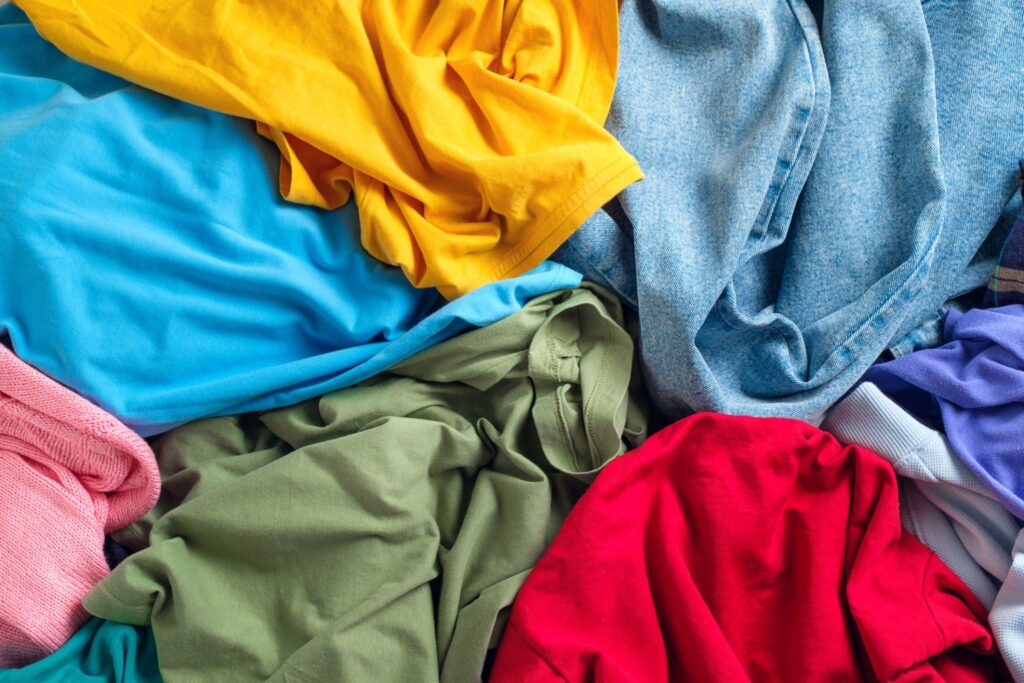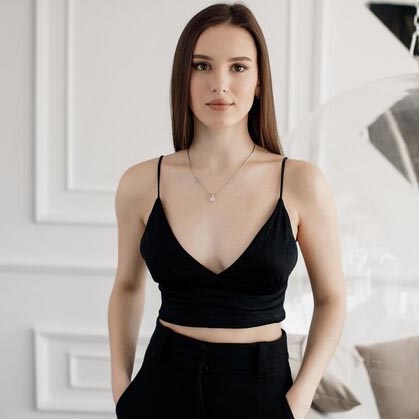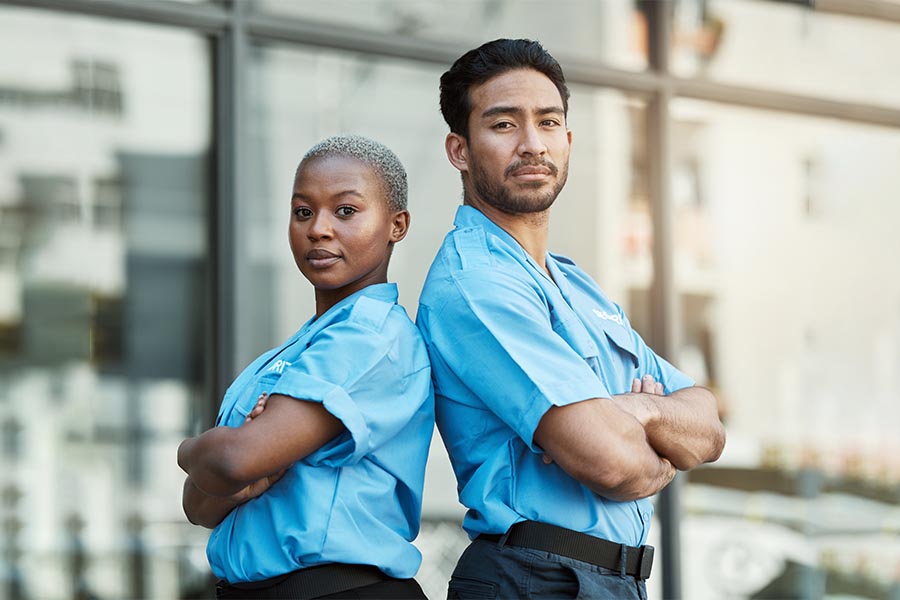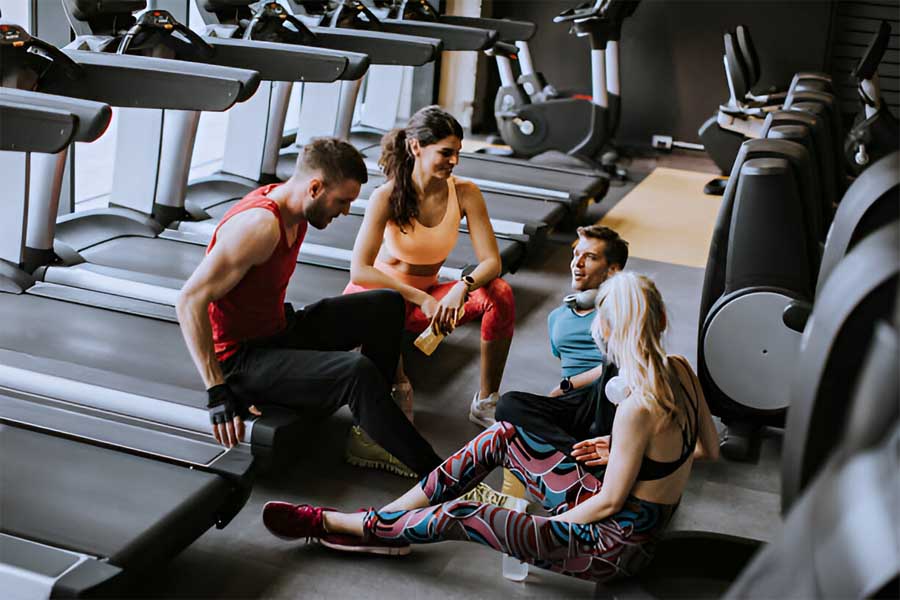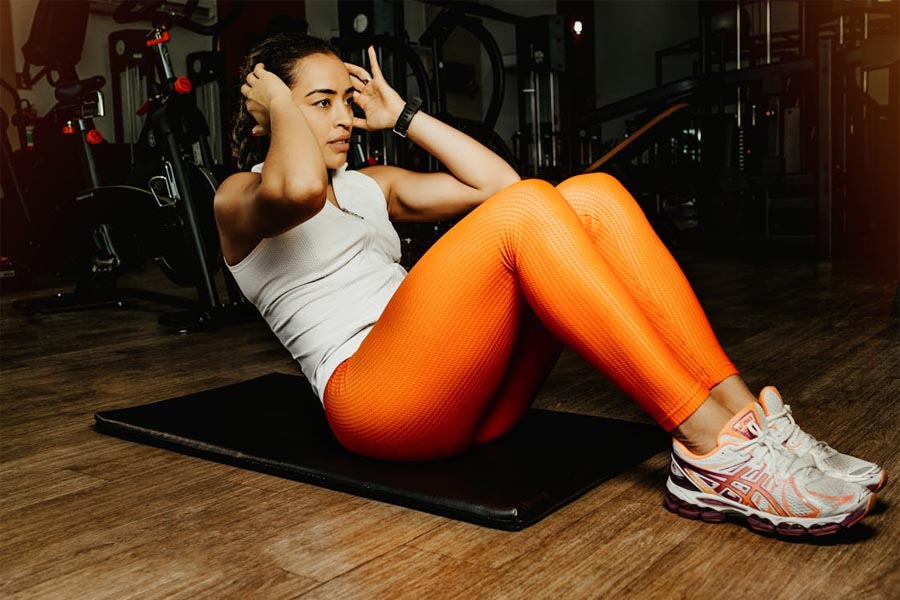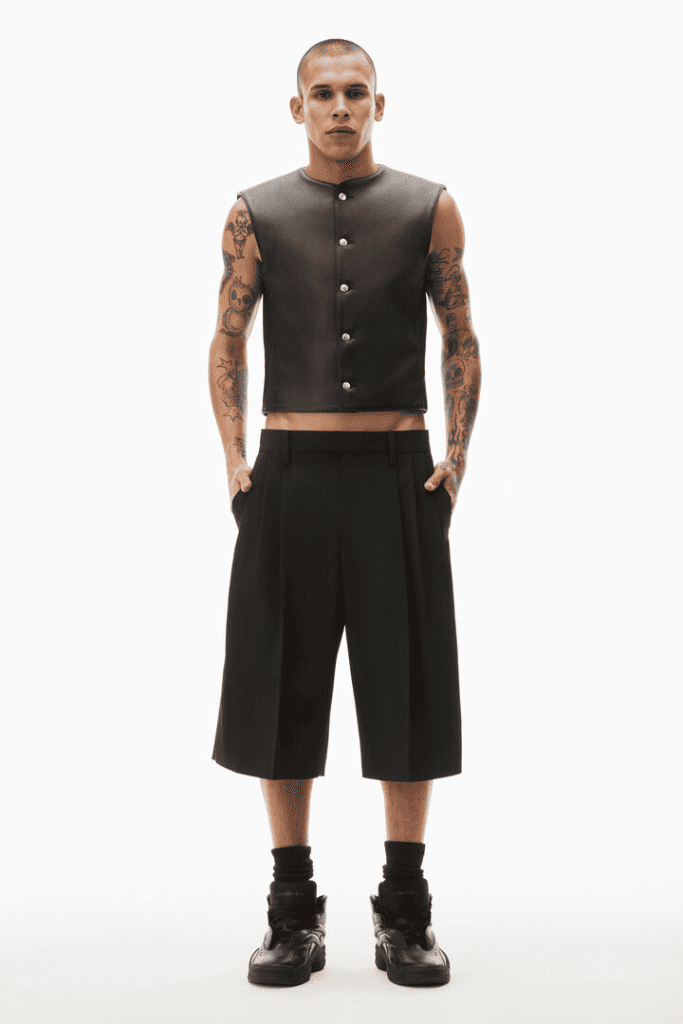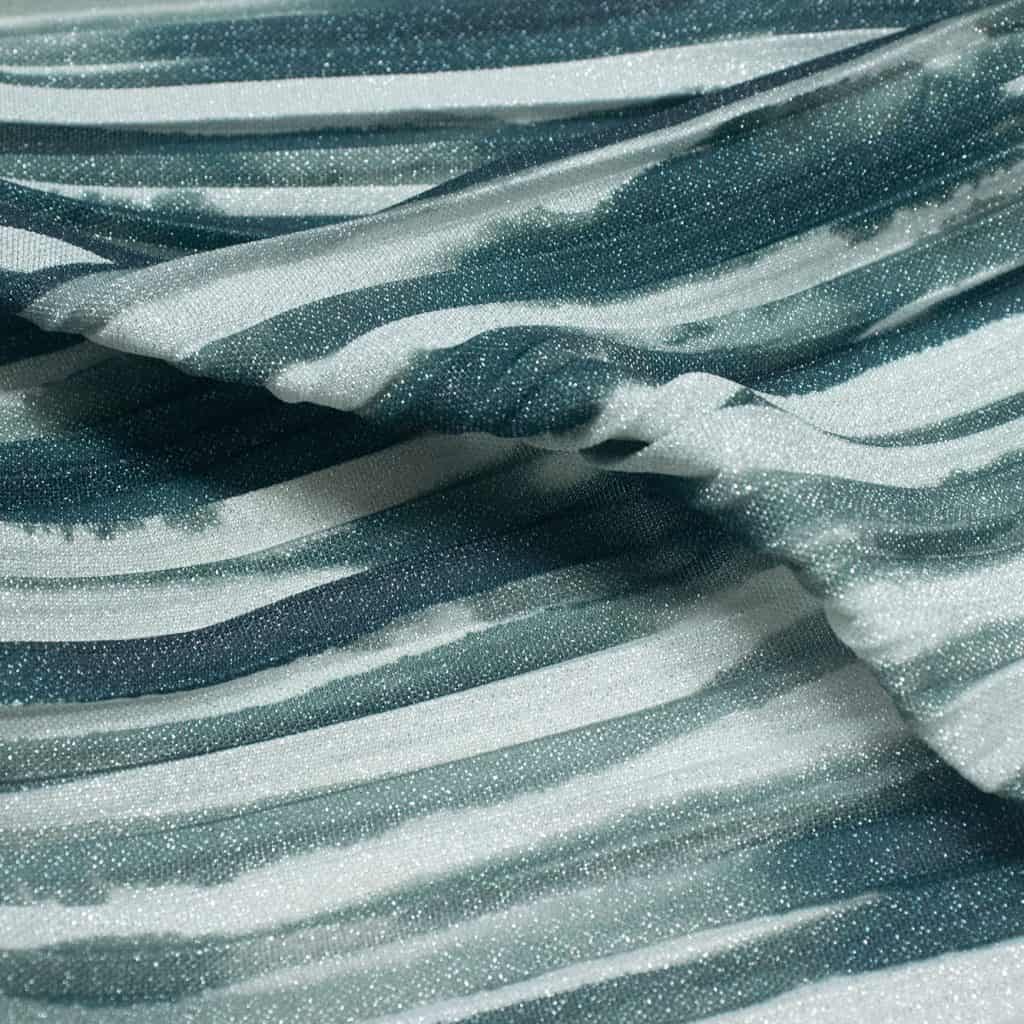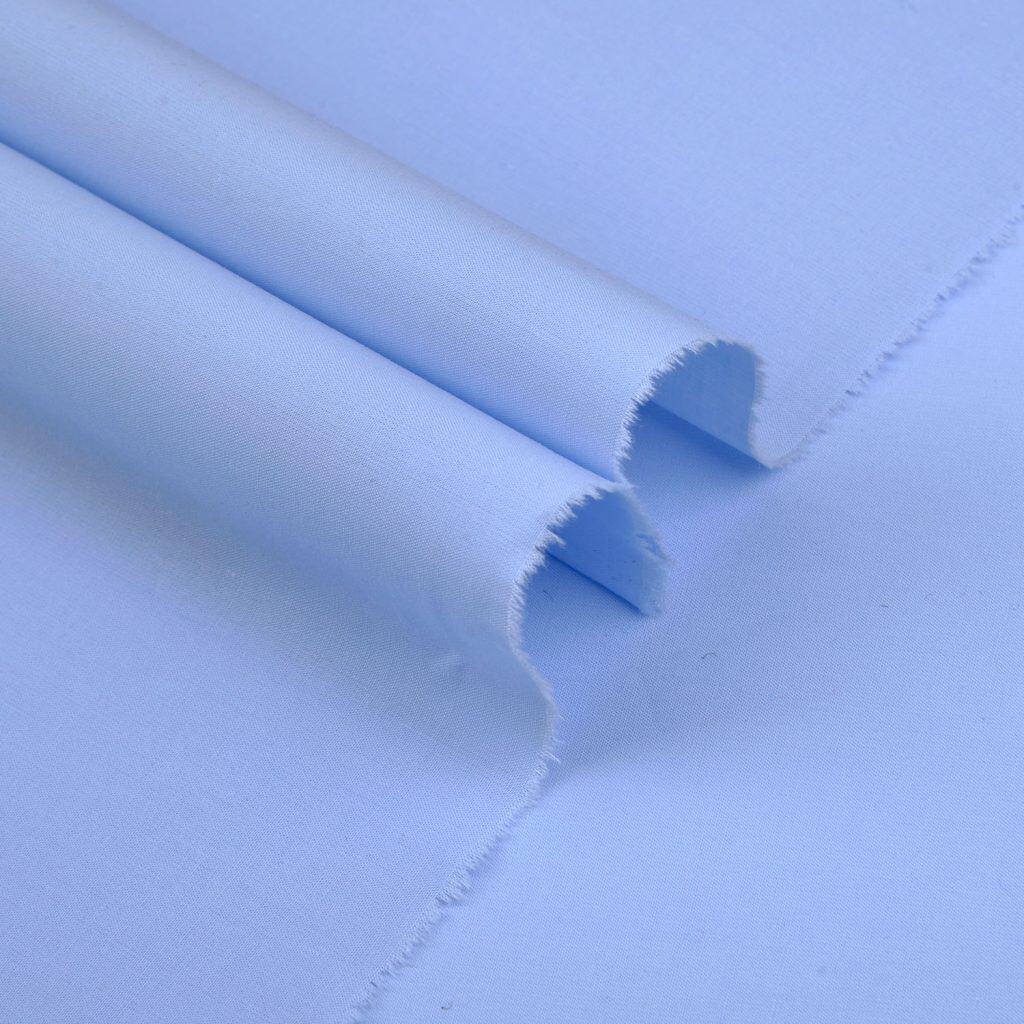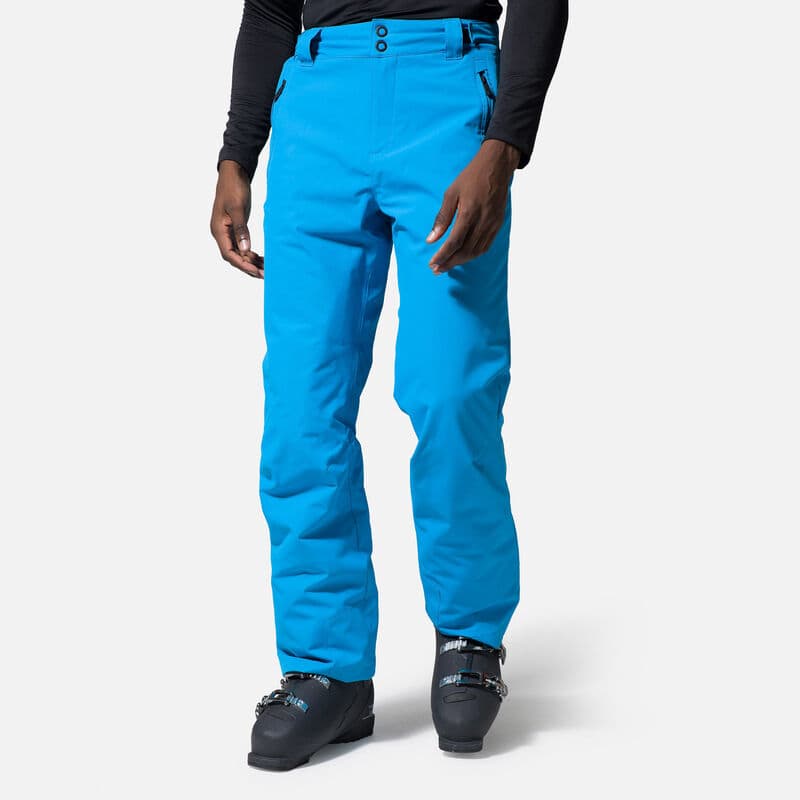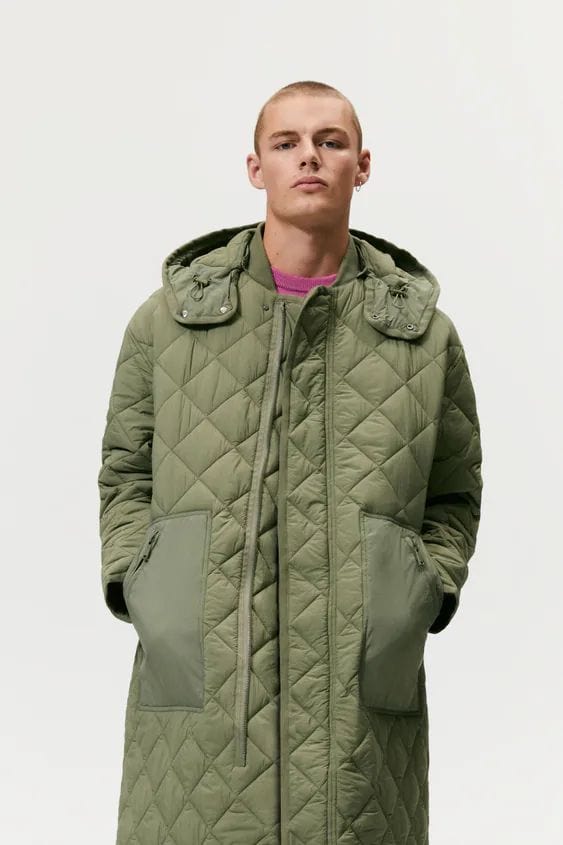
Slub fabrics are fashionable and versatile, with a textured and organic look. People long ago viewed slubbing as a mistake when making handmade fabric. Eventually, some people started to appreciate the appearance of yarn that varied in thickness in different areas.
Nowadays, people all over the world prefer these fabrics and use them to create a variety of items. It is perfect for creating stylish and comfortable clothing and accessories.
If you want your garments to be comfy and provide a tactile feel, slub could be perfect to make your garments!
What Is Slub Fabric?
Slub is a special type of fabric that stands out from regular fabrics. It has bumps and uneven sections on the surface that give a distinct and unique appearance. Slub fabrics are bumpy because some threads are thicker or thinner when woven.
Slub textiles are excellent for making comfortable clothes because they let air flow. It’s perfect for hot summer days when you want to stay calm and relaxed. You can use slub cloth to make various clothes, such as t-shirts, dresses, and curtains!
Characteristics of slub fabrics
Slub fabrics are textiles with unique features that set them apart from other fabrics. Some of the distinctive characteristics of slub fabrics include:
Texture
Slub fabrics are comfortable because they feel soft and allow air to flow through. It has uneven surfaces that are fun to touch and have a unique feel. This texture happens because they use different-thickness of yarn when making it.
It features lumps that might be big or small, spaced far apart or close together. Slub textiles can also have a rougher or smoother texture, depending on the yarn used.
Overall, this type of fabric differs from other fabrics and catches your eye because of its unique texture.
Appearance
Slub fabric’s appearance and texture can differ because of the type of yarn used to make it. The uneven parts on the fabric are made on purpose by changing the thickness of the yarn.
Also, these fabrics can come in many colors and patterns, so there’s one for everyone!
Durability
Slub textiles are known for their durability and ability to withstand regular wear and tear. This fabric can be tough and strong, depending on the material used. Cotton and linen make it tough, while polyester and nylon make it strong.
However, slub fabric’s irregular texture may cause it to snag or pull, which can affect how long it lasts. Careful handling and maintenance can reduce snagging risks and prolong your slub garment’s life.
Breathability
Slub fabrics are cool to wear in hot weather. It has bumpy spots that create little air pockets between the material and your skin. These air pockets let air circulate and keep you feeling fresh and cool.

What Is Slub Fabric Made Of?
The most popular material used to make slub cloth is cotton. But, you can make it from various materials, such as linen, polyester, or rayon.
To manufacture these fabrics, manufacturers use cotton fibers and spin them into different-sized yarns. Then weave or knit the threads together to create the bumpy texture of the fabric.
You can mix cotton and polyester to make this fabric even better. The choice of material used can alter the texture and strength of slub textiles.
What Are Slub Fabrics Used For?
Slub fabrics are good for making cozy clothes and nice accessories like scarves and bags.
It is also a popular fabric to decorate your home with curtains and cushion covers. It’s a smart choice for apparel and home items that you want to last a long time!
Clothing
People use slub fabrics to make clothes. Garments made from slub are comfortable and soft to wear. It also gives clothes a unique look. You might have seen it used to produce T-shirts, dresses, and pants!
Home Decor
Slub fabrics are excellent for decorating your home! Its bumpy texture adds much visual interest to your furniture and curtains.
It can be used in a variety of home decor applications, like throw pillows, tablecloths, and even upholstery.
You can choose from many different colors and patterns to match your style. Slub is also solid and easy to clean, making it perfect for everyday use.
Accessories
People use slub textiles to make cool accessories like scarves and hats. You can feel the bumps when you wear slub textile accessories, giving them a unique look. You can choose many colors and styles to match your favorite outfit.
Overall, slub textiles are versatile materials used in many ways. Designers and makers like this fabric because it is strong and has many colors and styles.

Types of Slub Fabrics
You can find many kinds of slub textiles available. Below are the types of slub fabrics to choose from:
Cotton slub fabric
Cotton slub is made from cotton yarns, spun purposefully with small irregularities, creating a bumpy texture. It’s commonly used for making casual clothing such as t-shirts, polo tees and sweatshirts.
Linen slub fabric
Linen slub is made from linen yarns that have been spun in a way that creates subtle variations in the thickness of the yarns. This gives the fabric a natural, rustic texture and makes it ideal for use in home décor items such as curtains, tablecloths, and napkins.
Silk slub fabric
Silk slub is woven using silk yarns that have been intentionally twisted and spun in a way that creates small, random bumps or slubs. This type of fabric is often used for dressier clothing, such as blouses, skirts, and dresses.
Wool slub fabric
Wool slub is made from wool fibers that have been intentionally spun in a way that creates a textured, irregular surface. It’s commonly used for making warm and cozy clothing items such as sweaters, scarves, and hats.
Rayon slub fabric
Rayon slub is made from natural fibers to create a soft and lightweight fabric. It is usually made with rich color and subtle texture, which makes it suitable for making comfy and stylish clothes.
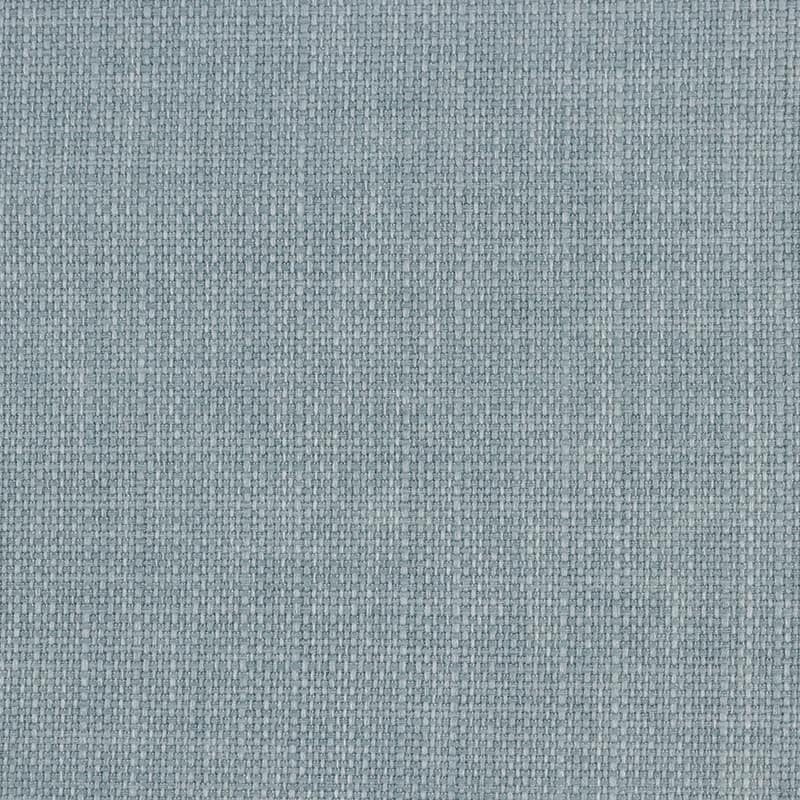
Advantages of slub fabrics
Slub cloth is a bumpy material that people like to use now because it has many good qualities. Here are some of the benefits of using slub fabrics.
Overall, slub textiles are a great choice for various uses as it provides many benefits.
Disadvantages of Slub Fabrics
Although slub has many benefits, there are also some cons to think about before using them. Here are a few:
Conclusion
Slub fabric is a versatile and unique material that offers many advantages in the textile industry. Its uneven texture, breathability, durability, versatility, and eco-friendliness make it a popular choice among designers and consumers.
In the future, more people might use slub materials to create different types of products because it has a distinctive quality and is more eco-friendly.

